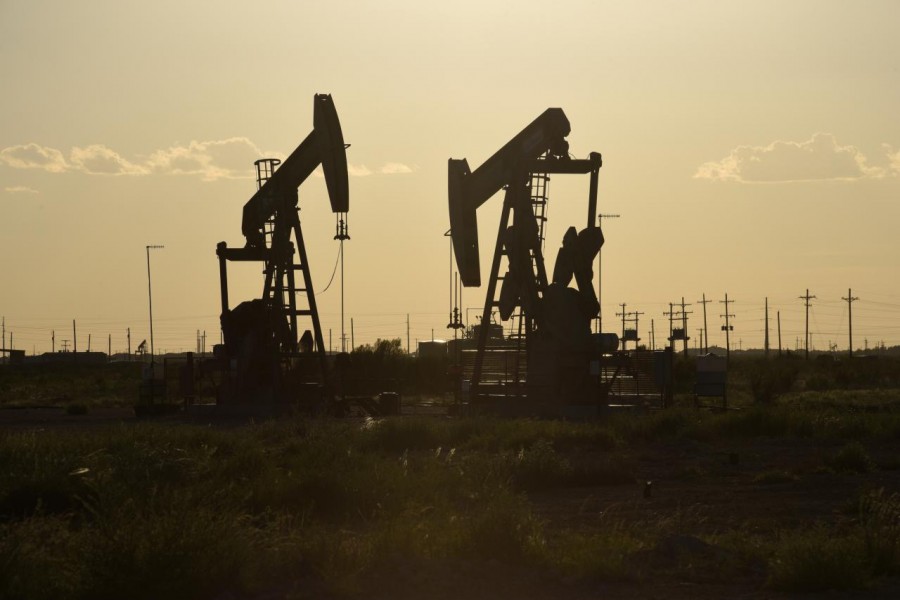Oil prices fell more than $1 on Tuesday, dropping for a third session as reports of growing inventory and forecasts of record shale output in the United States stoked worries about oversupply.
Concerns over future oil demand amid weakening global economic growth and doubts over the effectiveness of planned production cuts led by the Organization of the Petroleum Exporting Countries (OPEC) also pressured prices, traders said.
International benchmark Brent crude oil futures were at $58.78 per barrel at 0722 GMT, down 83 cents, or 1.39 per cent, from their last close.
Brent, which has slipped more than 4 per cent in the past three sessions, fell as far as $58.10 a barrel on Tuesday, down more than $1.50 from the previous day’s close.
US West Texas Intermediate (WTI) crude futures were down 87 cents, or 1.74 per cent, at $49.01 per barrel.
Both US crude and Brent have shed more than 30 per cent since early October due to swelling global inventories, with WTI now trading at levels not seen since October 2017.
“Rising U.S. shale production levels along with a deceleration in global economic growth has threatened to offset OPEC+ efforts as markets weigh the potential of looser fundamentals,” said Benjamin Lu Jiaxuan, an analyst at Singapore-based brokerage firm Phillip Futures.
“Market confidence remains extremely delicate amidst looming economic uncertainties as investors contemplate ... weaker fuel demand beyond 2018,” he said.
Oil production from seven major U.S. shale basins is by year-end expected to climb to more than 8 million barrels per day (bpd) for the first time, the U.S. Energy Information Administration said on Monday.
TOP OF THE TABLE
Inventories at the US storage hub of Cushing, Oklahoma, delivery point for the WTI futures contract, rose by more than 1 million barrels from Dec. 11 to 14, traders said, citing data from market intelligence firm Genscape on Monday.
With oil prices falling, unprofitable shale producers will eventually stop operating and cut supply, although that will take some time, analysts said.
The United States has surpassed Russia and Saudi Arabia as the world’s biggest oil producer, with overall crude production climbing to a record of 11.7 million bpd.
Supply curbs agreed by OPEC and its Russia-led allies might not bring about the desired results, though, as US output goes on increasing and Iran keeps pumping out more oil, analysts said.
Some have also expressed doubts over Russia’s commitment to the cuts agreed with OPEC. Oil output from Russia has been at a record-high of 11.42 million bpd so far in December, according to Reuters news agency.
“If Russia can be a bystander, it benefits them greatly,” said Hue Frame, portfolio manager at Frame Funds in Sydney.
“Although they will see a reduction in profitability, they will gain market share, which is generally more important in the oil market.”
Meanwhile, the US Federal Reserve is widely expected to raise interest rates again at the end of its two-day meeting on Wednesday, impacting the dollar, which in turn may affect oil prices, analysts said.


